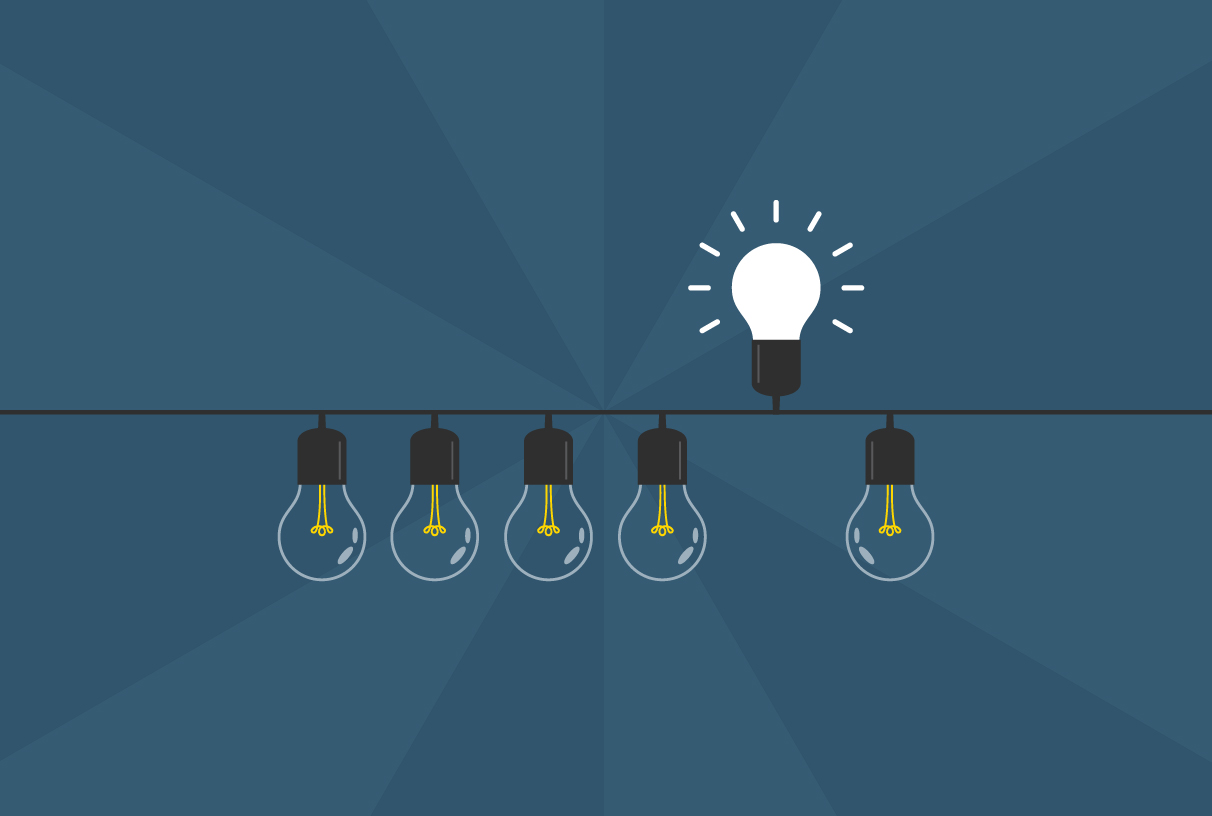For all the talk about value-based care models, few payers have actually discovered the secret to successfully deploying these types of arrangements with a significant portion of their provider network partners.
However, several payers, including Independent Health, a New York-based not-for-profit health plan with 387,000 members that leverages HealthRules® Payer as its core administrative processing system (CAPS), appear to have discovered the secrets to success. In fact, Independent Health now has 98% of its primary care practice members in full capitation contracts, with solid alignment of goals with its provider network.
So, what’s the secret?
According to Dave Mika, Vice President, Enterprise Core System Operations at Independent Health, it comes down to the flexibility and power of technology.
“When we give providers data that shows how they are performing relative to required or recommended services for members within various demographics and disease states, we’re doing so with the ability to drill down to the individual patient level.
When we understand where a single patient stands relative to utilization of inpatient and outpatient services, we can offer clarity into everything from who needs to be more active in managing their own care to how cost calculators and digital health tools can be better utilized – by providers and their patients.”
The Role of HealthRules Payer
With HealthRules Payer, health plans can quickly address market opportunities and stay in front of competition. All this while achieving high levels of customer satisfaction and transparency by providing accurate, real-time information to everyone involved in the care continuum. HealthRules Payer has also significantly lowered administrative costs for our customers by simultaneously automating critical manual business processes, resulting in an enhanced bottom line.
“HealthEdge allows us to achieve speed to market with our products in the rapidly changing healthcare environment, with the capability to configure and implement products quickly and on the fly,” says Mika. “The solution also gives us the capability to drive alternative reimbursement models for our customers, now and in the future, as evolving needs – and regulations – dictate.”
With results like this, it’s no wonder that HealthRules Payer has been named “Best in KLAS” by KLAS Research for Claims & Administration Platforms for the past two years.
Finding the Value in Value-Based Care Contracts
As the healthcare industry continues to undergo transformation away from fee-for-service models to value-based payment models, digital health plans have a unique opportunity make this transition highly successfully for all stakeholders: payers, providers, and patients. They can do so by leveraging the advanced automation capabilities and real-time data insights that are readily available in modern CAPS like HealthRules Payer. With the right CAPS in place, the value of value-based contracts becomes crystal clear:
- Cost Control: Value-based care models can help health plans control costs over the long term by focusing on preventive care and early intervention
- Improved Member Health: By promoting healthier lifestyles and proactive healthcare management, value-based care can lead to improved health outcomes among members. This not only enhances members satisfaction but also reduces the financial burden on payers.
- Competitive Advantage: Payers that embrace value-based care early gain a competitive edge. They can attract providers and members who appreciate the benefits of this approach.
By harnessing the power of automation and aligning incentives with value-based care, health insurance companies can play a pivotal role in transforming the way healthcare is delivered and financed, ultimately benefiting both patients and the industry as a whole.
To learn more about how HealthRules Payer helped Independent Health, read the full case study today, and reach out to see how HealthEdge can help your organization embrace value-based care contracting by visiting www.healthedge.com.






